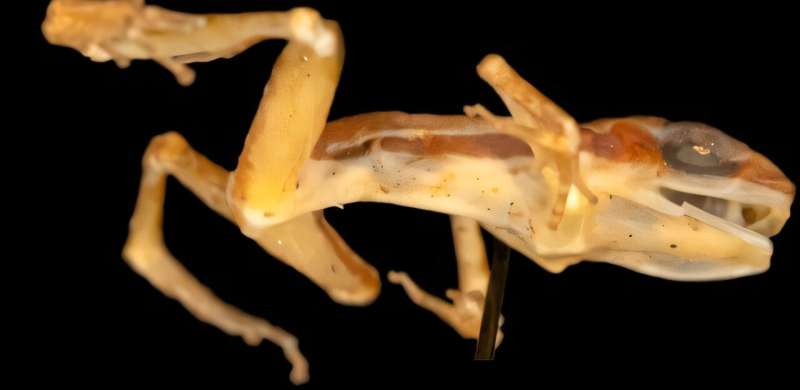Research conducted by an international team from the University of Massachusetts Amherst and Shandong Agricultural University has made a significant breakthrough in plant breeding, offering insights that could lead to the development of new crop species. The study, published on November 21, 2025, in the journal Science, delves into the complex mechanisms that govern plant reproduction, particularly focusing on how plants recognize compatible pollen.
A major aspect of flowering plants is their evolutionary adaptation known as “self-incompatibility.” This mechanism prevents plants from fertilizing themselves or their close relatives, thus avoiding the risks associated with inbreeding. However, the research team aimed to explore a lesser-known phenomenon called “interspecific incompatibility” (ISI), which explains why pollen from species within the same family, such as broccoli and kale, cannot produce hybrid offspring.
Alice Cheung, a Distinguished Professor of Biochemistry and Molecular Biology at UMass Amherst, played a pivotal role in this research. The team focused on the Brassicaceae family, which includes commonly consumed vegetables like cabbage and canola. Cheung indicated that understanding the molecular basis of ISI is crucial for enhancing agricultural diversity and food security.
The research revealed that during the pollination process, plants communicate through specific proteins. A protein known as SRK is essential for controlling self-incompatibility in the stigma of Brassica species. It recognizes a chemical signal called SIPS on pollen grains from other Brassica species that should be rejected. This interaction is only part of the larger process.
The study also highlighted the interaction between the SIPS-SRK pair and an enzyme called FERONIA. This unique combination triggers the production of reactive oxygen species (ROS), which effectively blocks incompatible pollen from entering the pistil, the female reproductive organ of the plant.
In addition to shedding light on these complex mechanisms, the researchers proposed a novel breeding strategy aimed at overcoming the incompatibility issues faced by Brassica species. This strategy could facilitate successful crosses between distantly related plants within the same family, potentially leading to crops with enhanced traits.
The implications of this research extend beyond academic interest. By enabling the creation of new crop varieties, such advancements could contribute significantly to agricultural resilience and food supply, addressing challenges posed by climate change and global food demands.
More information on this study can be found in the article titled “Pan-family pollen signals control an interspecific stigma barrier across Brassicaceae species,” authored by Yunyun Cao and colleagues, published in Science. The findings represent a crucial step forward in understanding the intricate dynamics of plant reproduction and breeding.
For further inquiries, please refer to the original publication in the journal Science.







